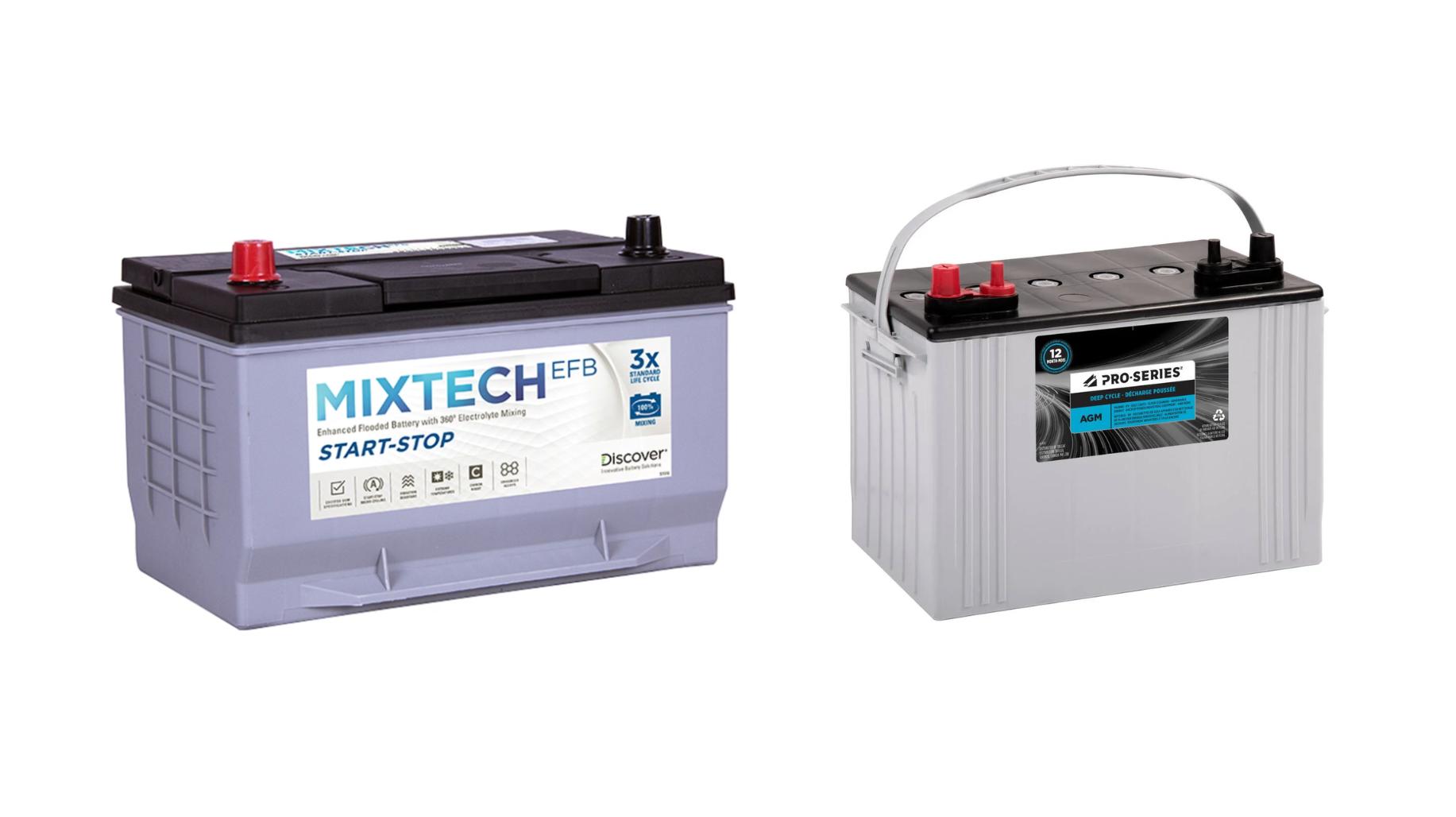The Definitive Guide to Selecting a High-Performance Photovoltaic Inverter
In the ever-evolving world of solar energy, selecting the right photovoltaic (PV) inverter is crucial for optimizing your solar power system’s efficiency and reliability. This guide will explore the essential factors to consider when choosing a high-performance PV inverter, including types, efficiency ratings, features, and installation considerations.
Understanding Photovoltaic Inverters
A photovoltaic inverter is a critical component of any solar energy system. Its primary function is to convert the direct current (DC) generated by solar panels into alternating current (AC), which can be used by household appliances or fed back into the grid. The efficiency and reliability of an inverter can significantly impact the overall performance of your solar power system.
Types of Photovoltaic Inverters
Understanding the different types of inverters available is essential for making an informed decision:
- String Inverters: These are the most common type of inverter used in residential and commercial systems. They connect multiple solar panels in a series (or “string”) and convert the collective DC output into AC. String inverters are cost-effective and easy to maintain but may be less efficient in shaded conditions.
- Microinverters: Unlike string inverters, microinverters are installed on each solar panel individually. This allows for optimized performance, especially in scenarios where some panels may be shaded or oriented differently. Microinverters enhance overall system efficiency but can come at a higher initial cost.
- Hybrid Inverters: These versatile devices combine the functions of a traditional inverter with battery storage capability. Hybrid inverters allow users to store excess energy generated during sunny days for use during nighttime or cloudy periods. This feature is particularly beneficial for maximizing energy independence.
- Central Inverters: Typically used in large-scale solar farms, central inverters manage multiple strings of panels and are designed for high-capacity applications. They offer robust performance but require more complex installation and maintenance.
Key Features to Consider
When selecting a photovoltaic inverter, several key features should be taken into account:
1. Efficiency Ratings
Efficiency is one of the most critical factors when evaluating inverters. Look for models with high efficiency ratings—typically between 95% and 99%. Higher efficiency means less energy loss during conversion, maximizing the amount of usable power generated by your solar panels.
2. Maximum Power Point Tracking (MPPT)
MPPT technology optimizes the power output from solar panels by adjusting the electrical load to ensure maximum energy harvest under varying sunlight conditions. Inverters with multiple MPPTs can manage strings of panels facing different directions or experiencing shading more effectively.
3. Communication and Monitoring Capabilities
Modern inverters often come equipped with advanced communication features that allow for real-time monitoring via smartphone apps or web interfaces. This capability enables users to track their energy production, consumption patterns, and system performance easily.
4. Warranty and Lifespan
Inverter lifespan typically ranges from 5 to 15 years, depending on the model and quality. A solid warranty can provide peace of mind regarding long-term performance and reliability. Look for manufacturers that offer extended warranties as an indicator of confidence in their products.
Installation Considerations
1. Compatibility with Existing Systems
Ensure that the inverter you choose is compatible with your existing solar panel setup and any future expansions you may consider. Compatibility with battery storage systems is also crucial if you plan to incorporate energy storage solutions later on.
2. Local Regulations and Standards
Familiarize yourself with local regulations regarding solar installations, including interconnection standards and safety requirements. Many regions have specific codes that must be followed, which can impact your choice of inverter.
3. Professional Installation vs. DIY
While some homeowners may consider installing their own systems, professional installation is often recommended to ensure optimal performance and compliance with local regulations. Professional installers can also provide valuable insights into selecting the right inverter based on your specific needs.
Latest News
Recent trends in photovoltaic technology highlight significant advancements in inverter design:
- As of October 2024, manufacturers are increasingly focusing on developing hybrid inverters that seamlessly integrate battery storage capabilities.
- New standards have emerged for smart grid compatibility, allowing for better integration of solar systems into existing electrical grids.
- Enhanced monitoring technologies are becoming standard features in modern inverters, providing users with detailed insights into system performance.
Redway Expert Comment
In our experience at Redway Power, selecting a high-performance photovoltaic inverter is essential for maximizing your solar investment’s returns. The choice between string, micro, or hybrid inverters depends largely on individual energy needs and installation conditions. We recommend considering efficiency ratings, MPPT capabilities, and future compatibility when making your decision. Investing in quality components today will pay dividends over time as you harness the full potential of solar energy.”


